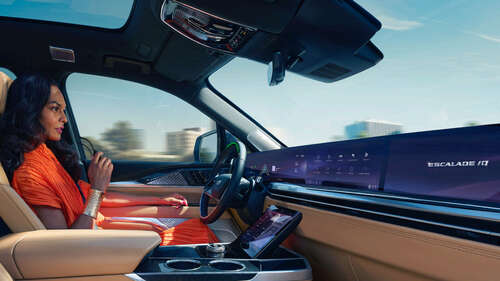
Now, the company doesn’t quite label Super Cruise as a fully self-driving solution in the same vein as Tesla’s Autopilot or the Full Self-Driving (FSD) bundle, but the company has kept adding features that are inching towards that goal. In its press release, the carmaker claims Super Cruise, in its current form, offers facilities such as on-demand lane change, collaborative steering, hands-free trailering, and refined curved handling.
The system is brought to life by GM’s OnStar infrastructure, a subscription-based in-car assistance system that enables, among other things, the Super Cruise facility. GM’s resource page mentions that the self-driving architecture offers support for 22 GM cars across the Chevrolet and Cadillac brands. However, in its latest announcement, the carmaker notes that Super Cruise’s expansion won’t grace three vehicles — the Cadillac CT6, Chevrolet Bolt EUV, and the Cadillac XT6.
The company hasn’t provided an official reason why these cars won’t get the upgrade treatment. However, irrespective of leaving out a few cars out of the expanded Super Cruise road network, the latest move will go a long way in extending the brand’s domain leadership. GM claims that with the latest expansion, Super Cruise now offers the most expansive network of self-driving-ready roads in North America, which it says is roughly six times what the nearest competitor offers.

